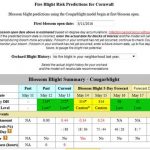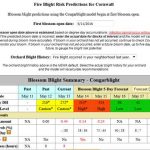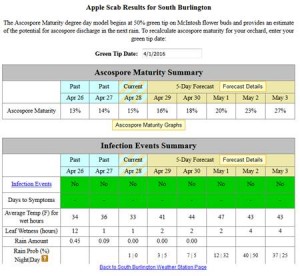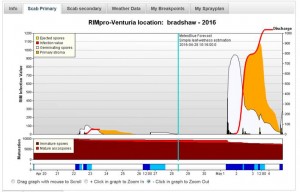
The Northern Grapes Project Webinar Series
“From Vine to Glass: Understanding the Flavors and Aromas of Cold-Hardy Grapes and Wine”

Tuesday, May 17th*, 2016
12:00 Noon Eastern (11:00 am Central)
7:00 pm Eastern (6:00 pm Central)
*Please note this is a date change from the original date of May 10th.
Join Anne Fennell of South Dakota State University, Adiran Hegeman of the University of Minnesota and Somchai Rice of Iowa State University as they discuss their research conducted on Marquette and Frontenac as part of the Northern Grapes Project. Somchai will talk about flavor and aroma development in cold hardy grapes and wine, Anne will discuss gene expression in the flavor aroma and anthocyanins, and Adrian will talk about polyphenolics during development in cold hardy grapes.
If you have received this email from someone other than Chrislyn Particka, you need to register via the link below:
Registering for one Northern Grapes Webinar will place you on the mailing list, and you will receive announcements and connection instruction for all further Northern Grapes Webinars.
Registration will close at 8 am (Eastern) on Friday, May 13th.
Registration is NOT required if you received this email directly from Chrislyn Particka, as it means that you are a member of the Northern Grapes Webinar mailing list.
All members of the Northern Grapes Webinar mailing list will receive an email the Friday before the webinar containing the web address (URL) for both webinar sessions as well as connection instructions.
There is no charge for this webinar. If you cannot attend one of the live sessions, recordings of all webinars are posted on our website (http://northerngrapesproject.org/?page_id=257) within one week of the webinar date.
Feel free to email Chrislyn Particka (cap297) with any questions, if you want to check your registration status, or if you’d like to be removed from the Northern Grapes Webinar mailing list.
Please note: WebEx will no longer be supporting the following operating systems:
• Windows Server 2003
• Windows XP
• Mac OS X 10.6
This means that WebEx users will be unable to join or start WebEx meetings, or use any other WebEx application from computers that use these operating systems. Please upgrade computers to a supported operating system so you can continue to use WebEx without interruption.
Further Northern Grapes Project information is available on-line at
The Northern Grapes Project is funded by the USDA’s Specialty Crops Research Initiative Program of the National Institute for Food and Agriculture, Project #2011-51181-30850.
Chrislyn A. Particka, PhD
Extension Support Specialist
Cornell University
School of Integrative Plant Science, Horticulture Section
630 W. North Street
Geneva, NY 14456
cap297
www.northerngrapesproject.org






